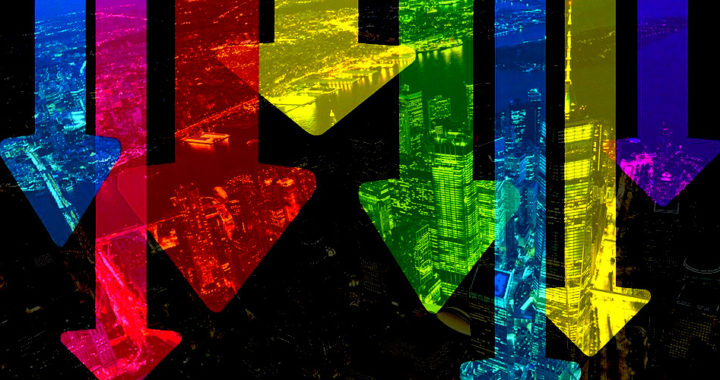Recession and depression are two terms used in economics to describe downturns in economic activities. Take note that although both have no universally accepted definitions, these two terms often have different uses, and they correspond to two different economic situations.
What is the Difference Between Recession and Depression?
The generally accepted difference between recession and depression is straightforward. The former pertains to a decline in economic activity due to a prolonged business cycle contraction that could last for at least six months. On the other hand, the latter is a more severe economic downturn characterized by a sustained and long-term decline in economic activity.
Below are the more specific definitions of recession:
• Journalists and politicians often use this term to describe declines in quarterly real domestic product or inflation-adjusted GDP for two consecutive quarters.
• The aforementioned criterion came from Julius Shiskin, then commissioner of the Bureau of Labor Statistics, in his 1974 The New York Times article. Both the United Kingdom and the European Union have used this definition.
• However, economists consider recession as part of the business cycle that begins just after the economic activity reaches its peak or when the economy starts to contract. It ends after the economy begins entering an expansion phase.
• Keynesian economics considers the downward trend in business activity and, thus, economic contraction as a normal part of the boom-and-bust cycle of the economy.
• Another definition of a recession is that it is a phenomenon resulting from a widespread drop in spending, thus illustrating as well declines in real income, employment, industrial production, and wholesale-retail sales.
The following are the specific definitions of depression:
• The popular textbook by N. Gregory Mankiw simply described depression as a more severe period of a dramatic drop in real GDP than a recession.
• Note that in the United States, the National Bureau of Economic Research determines and records contractions and expansions in the business cycle. However, it does not declare depressions.
• Periods that have been popularly labeled as instances of economic depression were characterized by a substantial and sustained shortfall of the ability to purchase goods relative to the amount that could be produced.
• An article published by The Economist defines this term based on two general rules: a decline in real GDP exceeding 10 percent; or a recession lasting two or more years.
• Some observers consider an economic downturn as an economic depression if its effects last several years after it had ended. Note that the impacts of The Great Depression lasted for decades after it ended around the mid-1930s.
• In general, depressions are characterized not only by their length but also by a large increase in unemployment, decline in the availability of credit, bankruptcies and debt defaults, a significant reduction in trade, and a decline in business activities.
FURTHER READINGS AND REFERENCES
- Mankiw, N. G. 2020. Principles of Economics. 9th ed. Boston, MA: Cengage Learning. ISBN: 978-0-357-03831-4
- National Bureau of Economic Research. 2010. “Business Cycle Dating Committee.” National Bureau of Economic Research. Available online
- Shiskin, J. 1974, December 1. “The Changing Business Cycle.” The New York Times. Available online
- The Economist. 2008. “Diagnosing Depression.” The Economist. Available online





